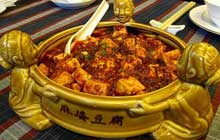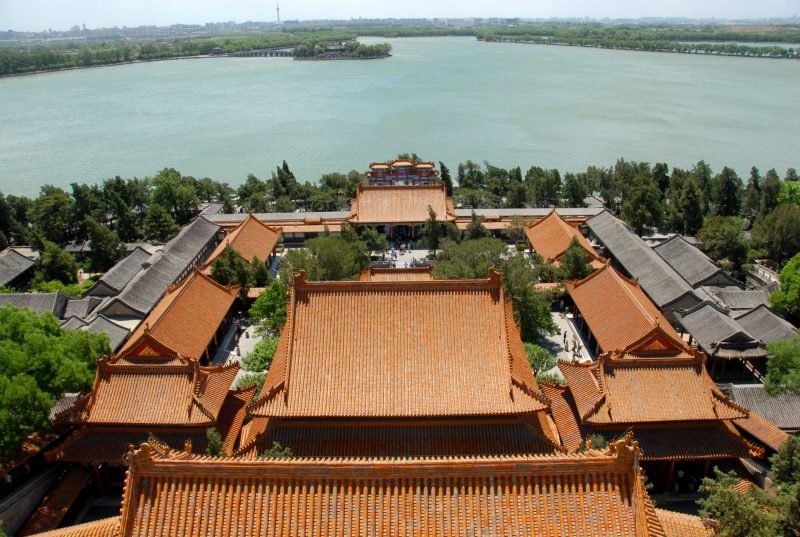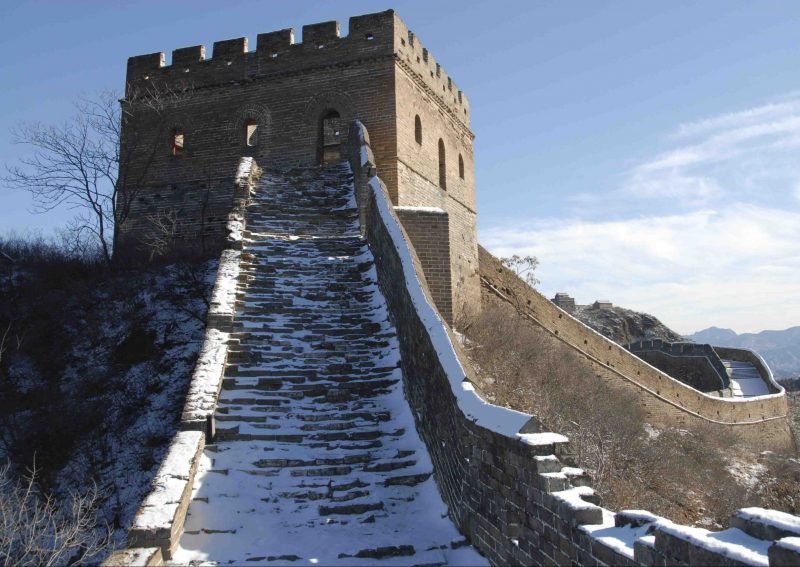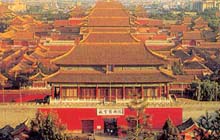Day One
Today you will fly to Chengdu, the capital of modern Sichuan province. A historic capital serving as the traditional gateway to the Tibetan plateau, Chengdu has in recent years become a vibrant and sophisticated metropolis. Prepare yourself for mouth-watering Sichuan food, wonderful cultural sites and of course one of the rarest bears on our planet. (Shangri-la Hotel – Executive Riverview Room) (B, L, D)
» Read more »
» Read more »The Temple of Heaven is the most holy of Beijing’s Imperial temples. This is where the Emperor came every winter solstice to worship heaven and to solemnly pray for a good harvest. In ancient China, only the Emperor was allowed to directly worship heaven. Imperial subjects were permitted only to worship their ancestors and river and mountain gods. Therefore, the ceremony conducted at the Temple of Heaven was an act of national importance. » Read more »
» Read more »History
The history of the gardens at the New Summer Palace date back to the Mongol Emperor Kublai Khan; to improve Beijing's water supply, he ordered the construction of canals transporting water from the Western Hills to an enlarged lake, now known as the Summer Palace's Kunming Lake. Five hundred years later, Emperor Qianlong (r. 1736 – 1756) added lake-side gardens and a Temple for Gratitude and Longevity in honour of his mother's birthday. » Read more »
» Read more »When you see this massive structure snaking its way across precipitous, rocky ridges, sometimes even lain across iron beams to bridge windy chasms, you will be amazed by the sheer scale of the undertaking. From the Bohai Sea in the East to Dunhuang’s desert plains in the West, the Great Wall stretches its knotted spine. Looking at it, perhaps you will wonder why.
From earliest times civilizations such as those of the Greeks and Hebrews enclosed their cities within a perimeter wall. » Read more »
» Read more »Yong Le (r. 1402-1424), the third Ming Emperor, moved the capital of China back to Beijing in order to fortify Northern China against the continuing threat of the bellicose Mongols. It was he that razed the palaces of Kublai Khan, built over a century earlier, to redesign the Forbidden and Imperial Cities in their new location slightly to the south-east. Since then, with only minor interruptions, the Forbidden City has served as an exclusive seat of government. » Read more »
» Read more »



